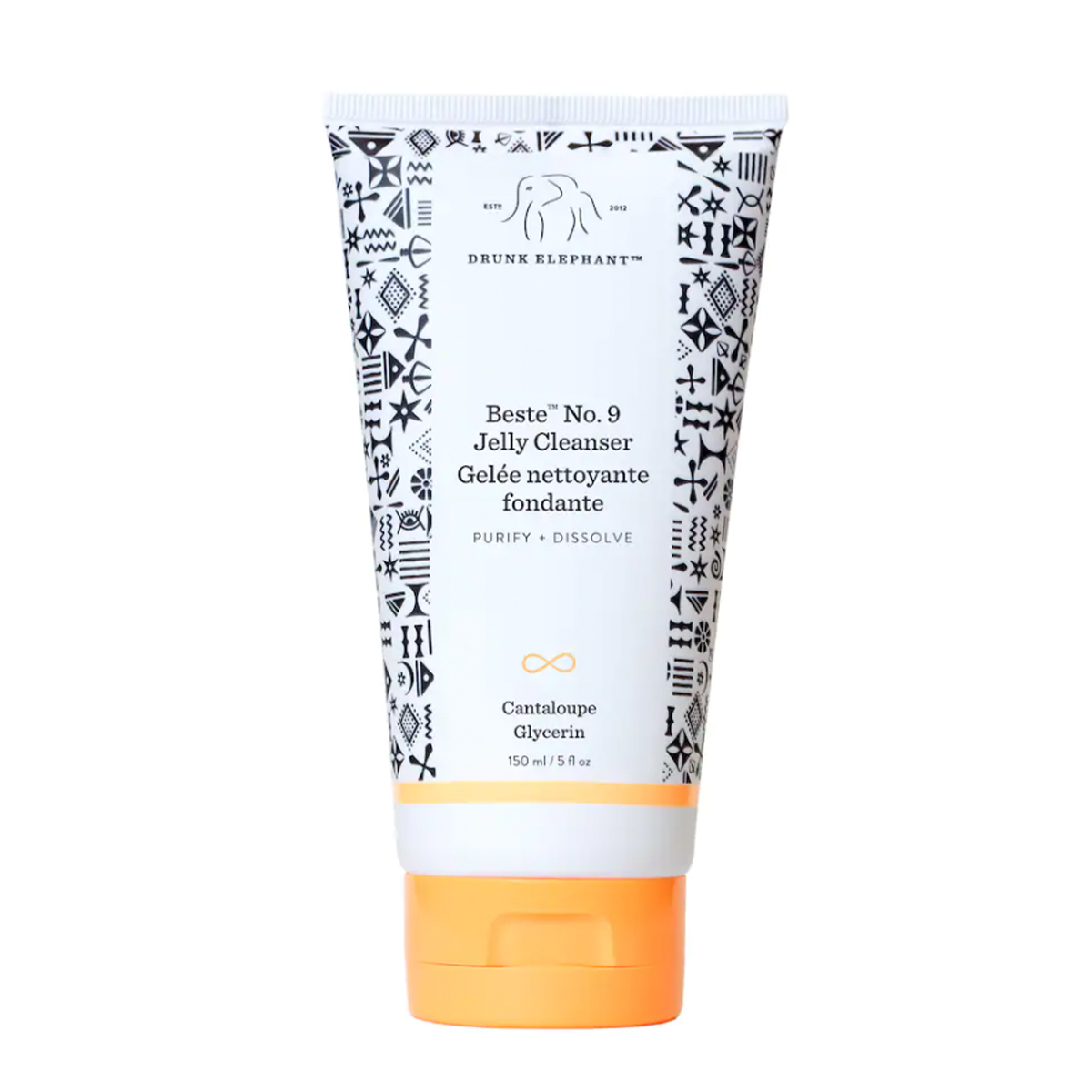This Drugstore Skincare Routine Is as Good as a Luxe Regimen for Half the Price
Nothing is more daunting than trying to nail down a perfect skincare routine. There are so many products out there that it’s difficult to figure out where to start. Not only that, but so many skincare products are also expensive, and for many of us, smearing $600 worth of serums and creams on our faces every day isn’t a reality when we’re also, you know, buying groceries and paying rent.
Luckily, many drugstore products are just as good as luxury ones—if not better (yes, you heard me!). While I’ll always splurge on select luxe items when I can, I’ve found that my skin can and does look just as good when I opt for cheaper products.

Photo:
@whatsonvisfaceThe biggest obstacle to a good skincare regimen is knowing how to choose and use products. I spoke with Lian Mack, MD, board-certified dermatologist and founder of GlamDerm, and Fatima Fahs, a board-certified dermatologist based in Michigan and the creator of Dermy Doc Box, to find out the best basic skincare routine—and I’m including product picks that won’t break the bank to help you recreate it at home.
But first, let’s go over some ground rules. “During the day you protect, at night you repair,” says Mack. With that in mind, let’s get to it—keep reading for the ultimate skincare routine.
Your New Daytime Routine
Step 1: Cleanse
Begin with a gentle cleanser that removes dirt and impurities without being too harsh. Keep more active ingredients for nighttime and opt for simple cleansing formulas in the morning.
Step 2: Vitamin C
After cleansing, smooth on an antioxidant serum. “My antioxidant of choice is a vitamin C serum,” says Fahs. “It can boost the efficacy of sunscreen and help fight free radicals, working to brighten and strengthen your skin.” A little goes a long way here—you only need five or six drops.
Step 3: Sunscreen
This is by far the most important part of any skincare regimen. If you don’t wear sunscreen, you might as well not do any of the other steps, since you’ll essentially be canceling them out. “Sunscreen not only decreases our risk of skin cancer, but it protects your collagen from degradation and premature aging,” says Fahs. When choosing a sunscreen, Mack recommends using one SPF 30 or higher.
Your New Nighttime Routine
Step 1: Double Cleanse
“If you’re wearing makeup, consider the ‘double cleanse’ method,” says Fahs. “Choose an oil-based cleanser or cleansing balm to emulsify your makeup, and then follow this with a gentle cleanser like Eucerin Hydrating Gel Cleanser to ensure you’ve removed all the remaining residue.” This is the best way to ensure your skin is a blank canvas for the rest of your nighttime routine.
Step 2: Targeted Treatment
Both Mack and Fahs recommend opting for a retinoid to help speed cell turnover, increase collagen production, and improve skin texture.
Step 3: Moisturize
Seal everything in with a moisturizer so that you can wake up with glowy, hydrated skin. Moisturizers help repair your skin barrier overnight, according to Fahs.
Step 4: Lip Care
Before you go to bed, this is the perfect time to seal in moisture where you need it most—on your lips. Wake up with soft, pillowy lips every morning by adding in an emollient before you snooze. Pro tip: Fahs says you can also put an emollient around your eyes if you're extra dry.
Add-Ons Based on Your Skin Type
Dry Skin: Hyaluronic Acid
“For dry skin, I love hyaluronic acid,” says Mack. “Hyaluronic acid is a large molecule. When applied to the skin, it sits atop it, acting as a humectant, and pulls water.”
Don’t just apply hyaluronic acid and call it a day, though. To actually get the most benefits out of the humectant, make sure to pair it with your other products. “Consider a hyaluronic acid serum as a step before your moisturizer to draw in hydration,” says Fahs. Moisturizer will act as a sealant.
Oily Skin: Toner
If you have oily skin, you might consider adding in a toner after cleansing to help regulate oil production. “I would recommend incorporating a toner with an acid to help decrease the [oil],” says Mack. Opt for one with AHAs or BHAs like salicylic and glycolic acid.
Sensitive Skin: Bakuchiol
Swap out a retinoid for bakuchiol. “People with sensitive skin more often than not have difficulty tolerating retinoids or retinol,” says Mack. “These ingredients are oftentimes too drying, especially if someone is prone to dry, red skin. As an alternative, I typically recommend products that incorporate a plant-based retinol like bakuchiol. Bakuchiol has properties similar to retinol, sans the irritation.”
Looking for more skincare deep-dives? Check out One Serum to Rule Them All—Bye, Fine Lines, Hyperpigmentation, and Dullness
- Explore More:
- Skin
- Skincare
- glowy skin
- Daily routine





















